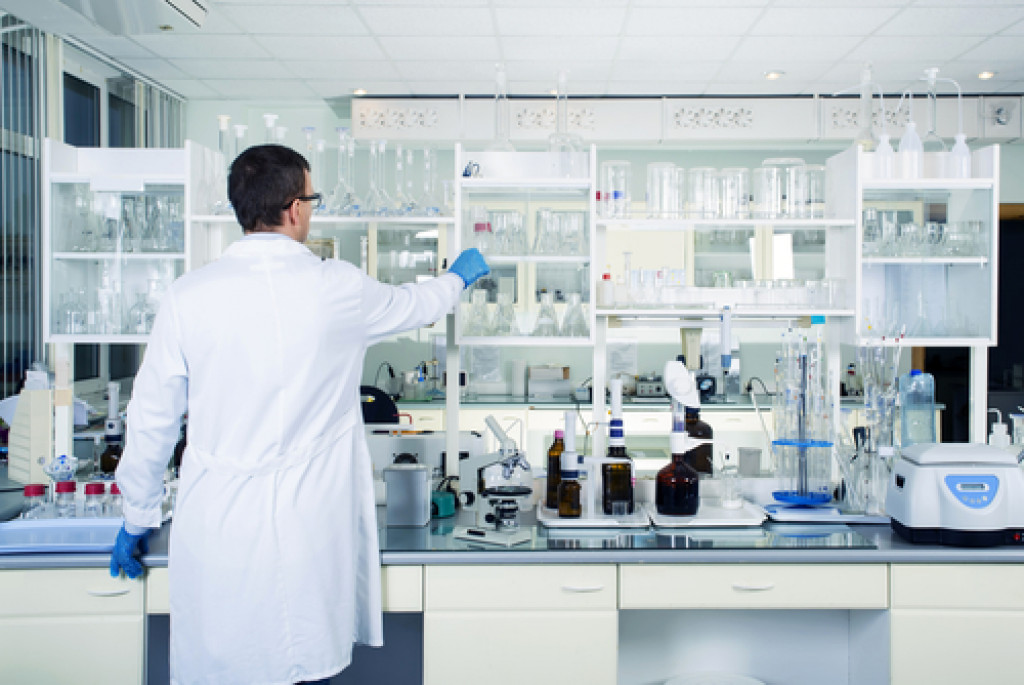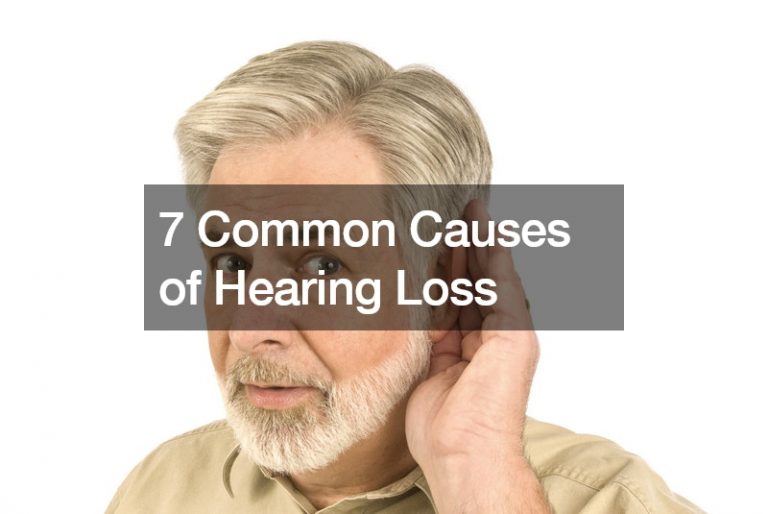The COVID-19 pandemic has turned the world upside down, wreaking havoc on economies across the globe. The survival of many local businesses is on the line; numerous companies have temporarily ceased their operations, further contributing to economic and societal problems on a larger scale.
Paving the Way for Change
Tangentially, the pandemic has given rise to political conversations, and has placed governments worldwide under close scrutiny. Healthcare systems are also struggling as hospitals fill up and medical professionals work grueling hours to rise above the COVID-19 crisis. Essential workers are at risk on the frontlines, fueling the demand for better employee benefits in Sandy and other parts of Utah, as well as all over the nation and the world.
These issues and many others have brought to the forefront the flaws of what the world called “normal,” pre COVID-19. And, if there’s a pattern worth noting, it’s that pandemics have brought about social changes throughout history.
The Bubonic Plague and Public Health
For instance, the bubonic plague gave rise to public health systems and draconian laws deemed necessary to contain the disease. As the plague entered Europe through trading ships, the government implemented health measures to prevent the spread of the disease. They tested people who were likely to have the infection, isolated patients, and restricted travel and movement. This isolation called “quarantine,” which means 40 in Italian, lasted for 40 days.
Local governments also divided their areas of responsibility into segments, and citizens were ordered to register their information before going into lockdown, literally: officials would lock the doors to people’s homes and keep the keys. The government increased its surveillance on the citizenry. Violations were punishable by death.
HIV/AIDS versus the LGBTQIA+ Community
When the HIV/AIDS outbreak took place in the 1980s, medical experts, researchers, and authorities had no clue about how it was transmitted. Scientists labeled this disease as “a gay-related immune deficiency, gay cancer or community-acquired immune dysfunction.” Because of this, businesses that catered to the LGBT community were closed down, and stigma began to spread.
On the plus side, safe sex was introduced and normalized. Condom sales rose in developed countries as experts slowly debunked the falsehoods surrounding the transmission of the virus.Today, activism to eradicate this disinformation is still ongoing. Medical help is largely available, and reaches out to impoverished areas that are affected by HIV/AIDS for free sampling, medicine, and sex education.
The Idealization of Tuberculosis

Believe it or not, there have been outbreaks that were romanticized in the annals of history. Tuberculosis was glorified in the Romantic period. The narrative held by some at the time was that tuberculosis was “a disease of the élite, of the artist, of the beautiful, of the refined.” It was deemed fashionable for women to look sickly and thin, with pale faces. Some painters of the era even married their models, who were tuberculosis patients, believing that this brought sublimity to their art form.
Twentieth century views on germ theory undermined all that, shedding light on the undesirable nature of tuberculosis and how it primarily affects impoverished, and not elite, classes.
Present-Day Reality
As for COVID-19, the far-reaching social and economic effects remain tentative as experts look into patterns. There are still several questions left hanging: How will dissent and activism affect the political landscape? What shifts will take place in the workforce? What kind of “new normal” are we ready to build?
If anything, COVID-19 has emphasized the significance of accurate and fact-based information, especially with the use of the internet. Research for a vaccine has also been extensively funded to get-to-know more about the virus.






